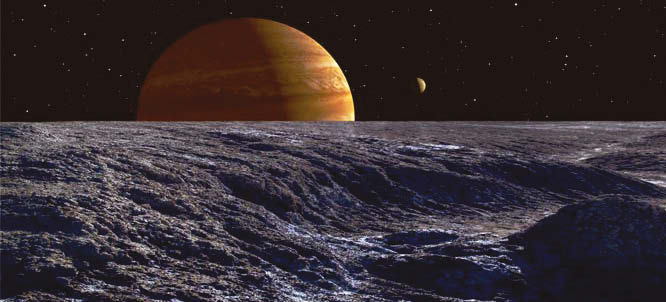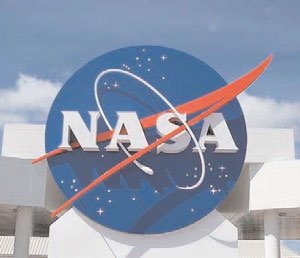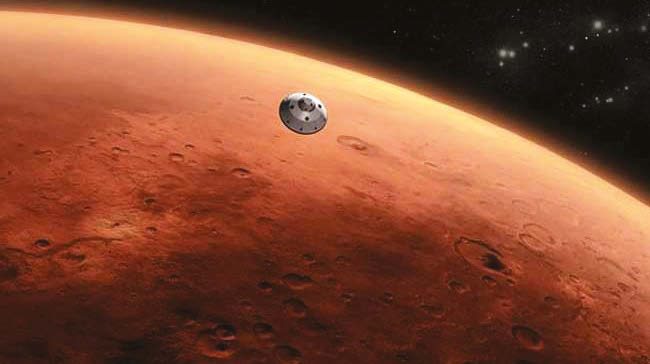
WASHINGTON: Astronomers have produced the most detailed radio map yet of the atmosphere of Jupiter, unveiling massive movement of ammonia gas under the colourful bands, spots and whirling clouds visible to the naked eye. The University of California, Berkeley (UC Berkeley) researchers used the upgraded Karl G Jansky Very Large Array in New Mexico to measure radio emissions from Jupiter’s atmosphere in wavelength bands where clouds are transparent.
They were able to see as deep as 100 kilometres below the cloud tops, a largely unexplored region where clouds form. The planet’s thermal radio emissions are partially absorbed by ammonia gas. Based on the amount of absorption, the researchers could determine how much ammonia is present and at what depth.
By studying these regions of the planet’s atmosphere, astronomers hope to learn how global circulation and cloud formation are driven by Jupiter’s powerful internal heat source. These studies also will shed light on similar processes occurring on other giant planets in our solar system and on newly discovered giant exoplanets around distant stars.
“We in essence created a three-dimensional picture of ammonia gas in Jupiter’s atmosphere, which reveals upward and downward motions within the turbulent atmosphere,” said Imke de Pater, a professor at UC Berkeley.





Be the first to comment